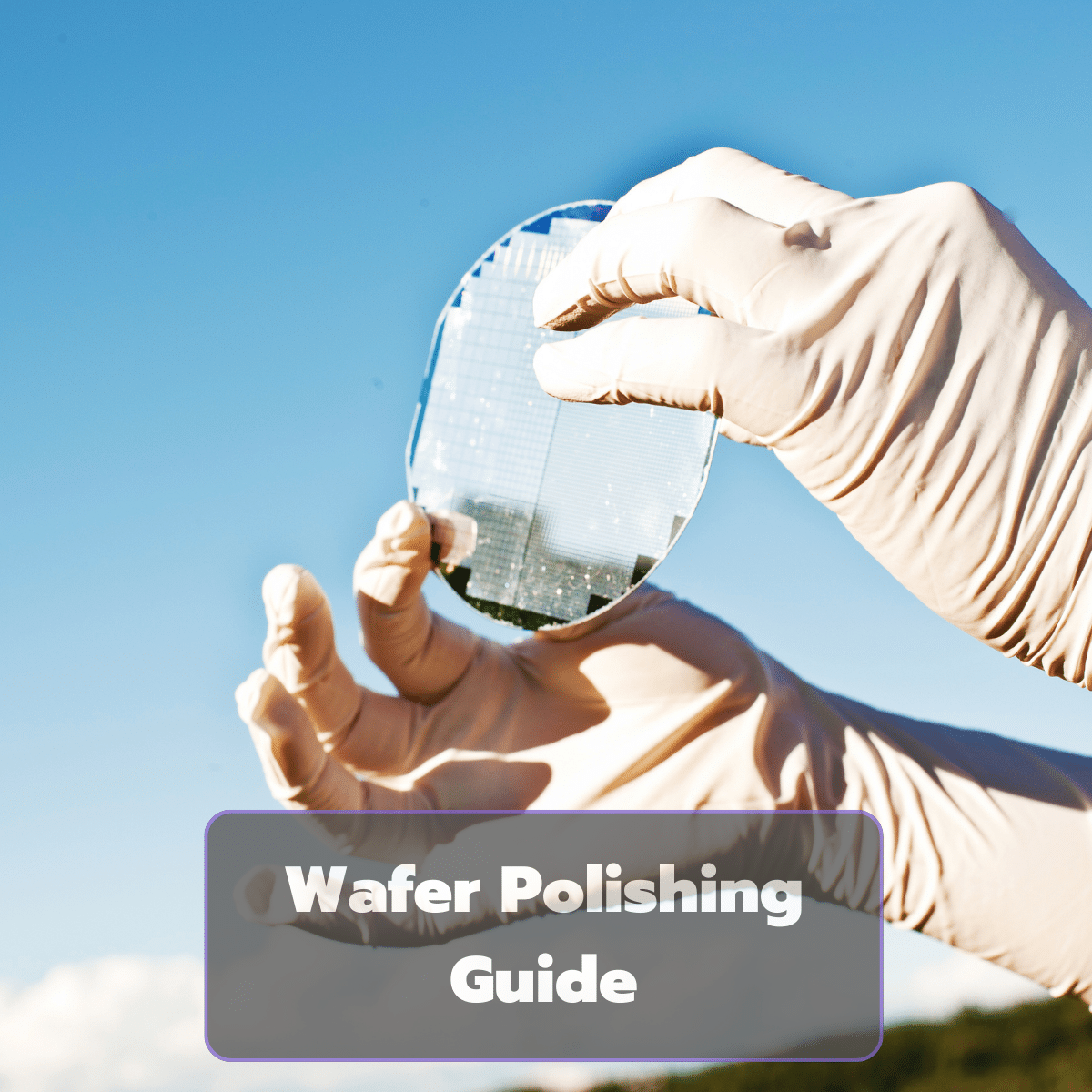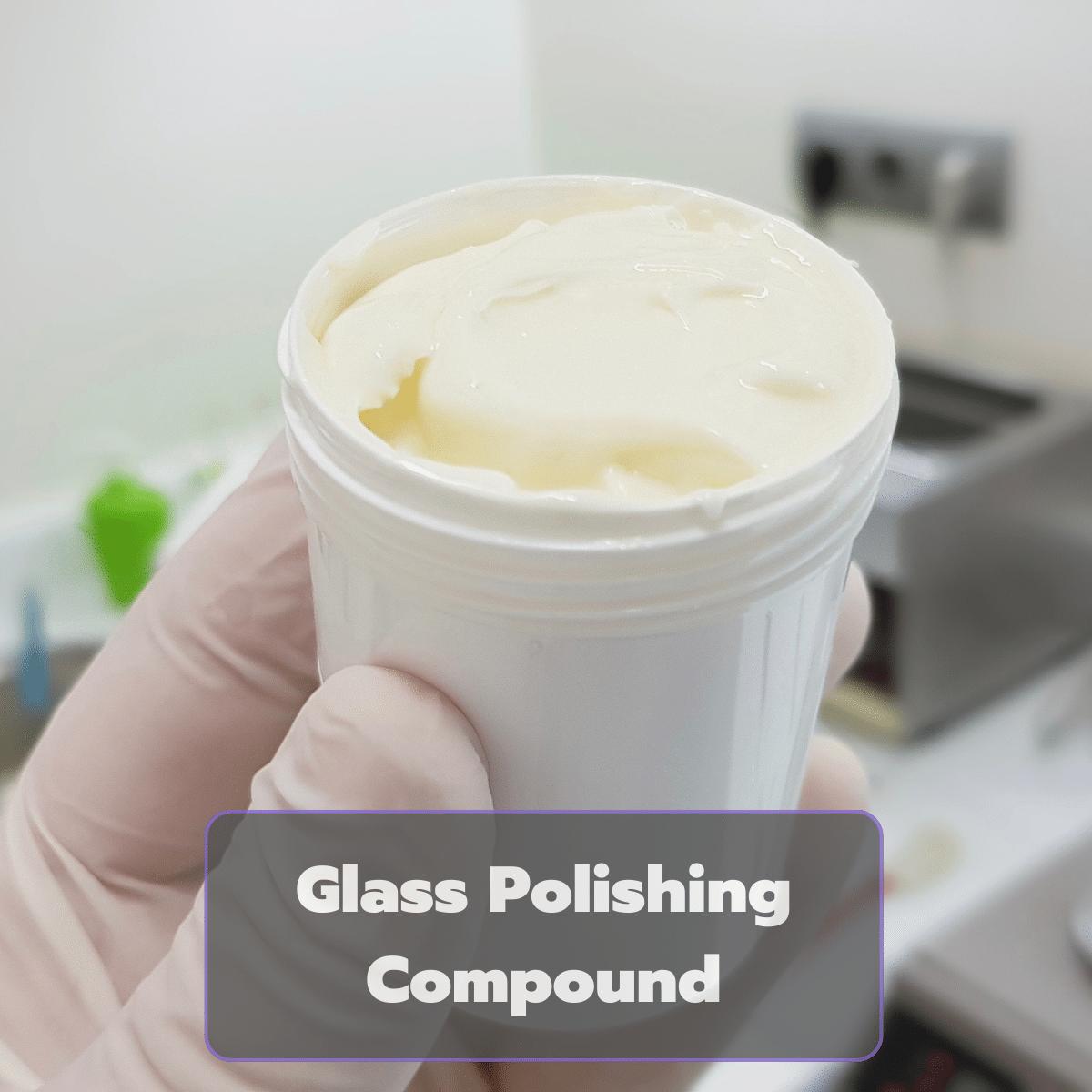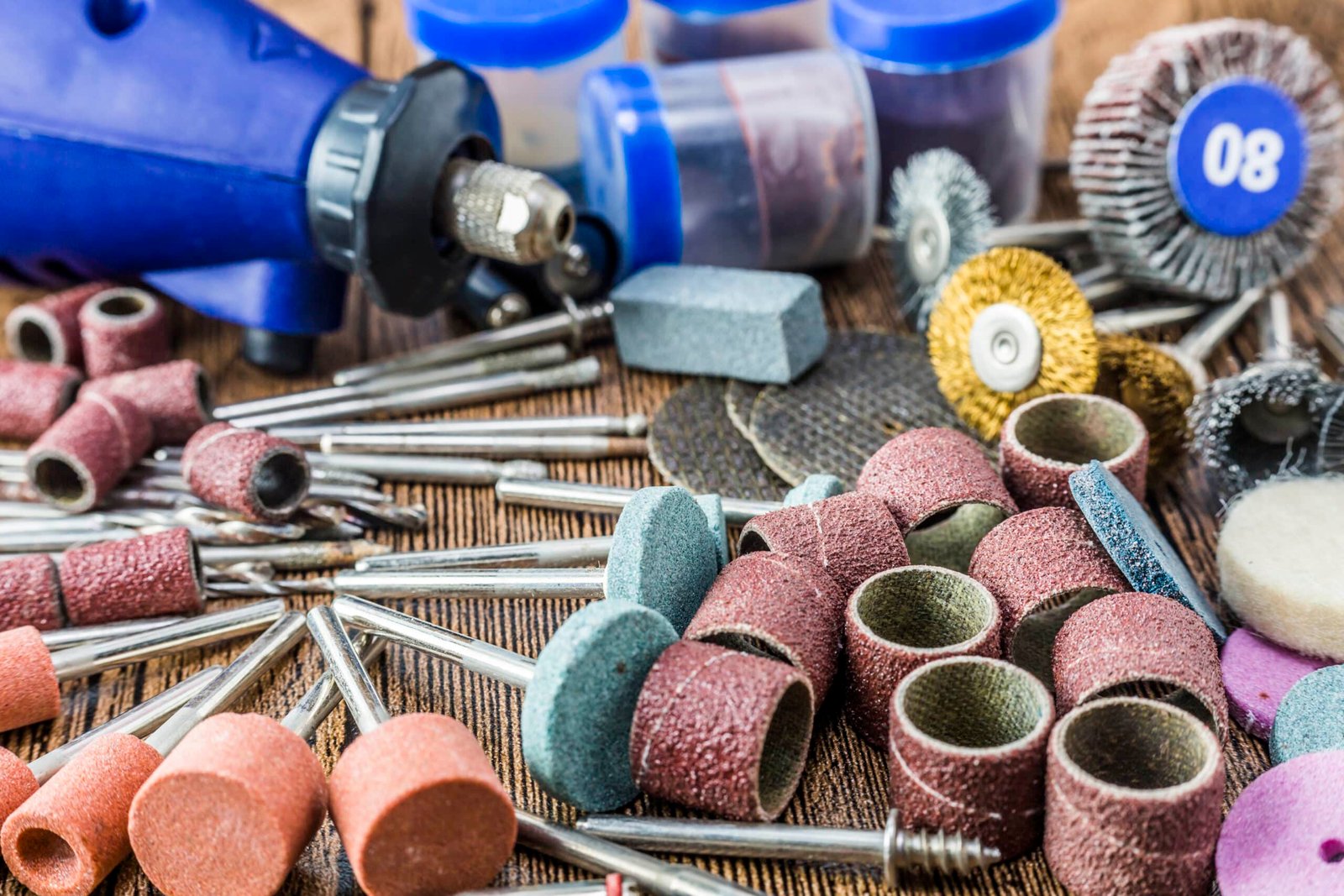
Have you ever wondered why your teeth feel so smooth and clean after a visit to the dentist? That amazing feeling is the result of dental polishing, a routine procedure performed during professional teeth cleanings. But what exactly is dental polishing, and what tools and materials are used in the process? In this blog post, we will take a deep dive into the world of dental polishing.
Dental polishing is not just about achieving that picture-perfect smile; it plays a crucial role in maintaining good oral hygiene and preventing oral diseases. It’s a procedure that dentists and hygienists use to remove plaque and stains that brushing and flossing alone can’t tackle. By using specific tools and materials, they can polish your teeth to perfection, leading to a healthier and more appealing smile.
In the following sections, we’ll guide you through the intricate details of the dental polishing process, its benefits, and how often you should get it done. Whether you’re curious about the procedure or planning your next dental visit, this comprehensive guide will provide all the answers to your questions.
Understanding Dental Polishing
Dental polishing is a standard component of a routine dental checkup. It is a preventive procedure designed to keep your teeth clean and healthy, but what exactly does it involve?
A. Explanation of the Dental Polishing Process
Dental polishing, in simplest terms, is the process of making your teeth smooth and shiny. During this procedure, a dentist or dental hygienist uses various tools and materials to remove plaque and minor stains that have accumulated on the surface of your teeth. It’s the final step in a professional dental cleaning following scaling, which removes harder deposits such as tartar. Polishing not only enhances the aesthetic appearance of your teeth but also makes it harder for plaque to accumulate on smooth surfaces, thereby contributing to better oral health.
B. The Purpose and Goals of Dental Polishing
The main goal of dental polishing is to leave your teeth clean, smooth, and glossy. By removing plaque, minor stains, and creating a smooth surface, dental polishing helps to:
- Improve Oral Health: By removing the accumulated plaque, it helps to prevent tooth decay and gum disease.
- Prevent Stain Accumulation: A smooth tooth surface is less likely to attract and retain stains.
- Enhance Aesthetics: Polishing helps brighten your smile by removing surface stains from coffee, tea, tobacco, or certain foods.
Tools Used in Dental Polishing

A variety of tools are used in the process of dental polishing. These tools, when used correctly, can help achieve a clean, smooth surface on the tooth, enhancing your overall oral health. Here are some of the most common tools utilized:
A. Dental Handpiece (Polishing Drill)
The dental handpiece, often referred to as a polishing drill, is a power-driven tool used to hold and drive various dental instruments, including polishing cups and brushes. It’s versatile, allowing the dental professional to adjust the speed and rotation for optimal control during the polishing process.
B. Prophy Cup and Brush
Prophy cups and brushes are the workhorses of dental polishing. Made from rubber or other soft materials, prophy cups are attached to the dental handpiece. They are used along with a special paste to polish the teeth. Prophy brushes, on the other hand, are used for cleaning and polishing the tooth surfaces, especially the pits and fissures on the chewing surfaces of the back teeth.
C. Dental Polishing Strips
Dental polishing strips are thin, flexible, sandpaper-like strips used for polishing the sides of the teeth, especially in areas where other tools might struggle to reach. They come in various grit sizes, allowing for precise polishing.
D. Ultrasonic Scalers
While primarily used for dental scaling to remove hard deposits like tartar, ultrasonic scalers can also play a role in polishing. Some ultrasonic scalers have specific tips designed for polishing procedures.
E. Air-Polishing Devices
Air-polishing devices use a combination of air, water, and fine powder to blast away plaque and stains. It’s an efficient tool for quick and effective dental polishing, especially for stain removal.
Each tool plays a unique role in dental polishing, and your dental professional will decide on the best ones to use based on your oral condition and needs.
Materials Used in Dental Polishing
Just as important as the tools used in dental polishing are the materials. These materials, often in the form of pastes or powders, work in conjunction with the tools to scrub and polish the tooth surface. Here are some commonly used materials:
A. Dental Prophylaxis Paste
Dental prophylaxis or prophy paste is perhaps the most common material used in dental polishing. It’s a gritty paste applied with a prophy cup or brush. The tiny abrasive particles in the paste scrub away plaque and minor stains, leaving the teeth smooth and shiny.
B. Bicarbonate of Soda
Bicarbonate of soda is used in air-polishing devices. It’s a mild abrasive that, when mixed with air and water, can effectively blast away plaque and stains without damaging the tooth enamel.
C. Pumice
Pumice, a type of volcanic rock, is sometimes used in a powdered form in dental polishing. It’s a mild abrasive, and it’s particularly effective in removing tougher stains that prophy paste can’t handle.
Each material has its unique benefits and uses. The choice of material depends on the specific needs of the patient, the type of stains present, and the preferred method of polishing.
The Process of Dental Polishing

Dental polishing, while a straightforward procedure, requires a meticulous approach. Here’s a general step-by-step description of what you can expect during a dental polishing procedure:
- Examination: Your dentist or dental hygienist will first examine your teeth and gums to assess their condition. This examination will help them choose the most suitable tools and materials for your polishing session.
- Scaling: Before polishing, your teeth will be scaled to remove any hard tartar deposits. This can be done using manual scaling tools or an ultrasonic scaler. This step ensures that the surface of your teeth is ready for polishing.
- Polishing: A prophy paste or powder is applied to your teeth using a prophy cup or brush attached to a dental handpiece. The handpiece is moved around each tooth, allowing the abrasive particles in the paste to scrub away plaque and minor stains. In some cases, dental polishing strips might be used to reach areas that are difficult to access with the prophy cup or brush.
- Rinsing and Flossing: After polishing, your mouth will be rinsed to remove the leftover prophy paste and dislodged plaque or tartar. Your teeth will then be flossed to remove any remaining paste or debris between your teeth.
- Fluoride Treatment (optional): After polishing, a fluoride treatment may be applied to your teeth. This step is not always necessary but can provide additional protection against cavities.
This is a general description of the process, and it may vary slightly based on your oral health needs and your dentist’s preferred procedures.
Benefits of Dental Polishing
The process of dental polishing offers multiple benefits, contributing to both your oral health and the aesthetic appearance of your smile. Here’s an overview of the key benefits:
A. Improves Oral Health
Dental polishing removes plaque and minor stains from your teeth. Plaque is a sticky film of bacteria, and if it’s not properly removed, it can lead to tooth decay and gum disease. Therefore, by removing plaque, dental polishing helps to prevent these common oral health issues.
B. Prevents Stain Accumulation
By creating a smooth surface on your teeth, dental polishing makes it more difficult for plaque and stains to accumulate. This means that your teeth can stay cleaner and brighter for longer after a polishing session.
C. Enhances Aesthetic Appearance
Polishing can remove surface stains caused by coffee, tea, tobacco, and other substances, leaving your teeth brighter and whiter. This can enhance the aesthetic appearance of your smile, giving you more confidence in your day-to-day life.
D. Fresher Breath
By removing plaque, dental polishing can also help to improve your breath. Plaque can cause bad breath, so regular removal through polishing can contribute to fresher breath.
E. Better Overall Health
Good oral health is linked to better overall health. By contributing to good oral health, dental polishing can help to reduce your risk of certain health issues, including heart disease and stroke.
When is Dental Polishing Necessary?

Dental polishing is an integral part of routine dental care, but how often should it be done and under what circumstances? Let’s explore:
A. Identifying the Signs That You Need a Dental Polishing
While regular dental check-ups should catch most dental issues before they become severe, it’s good to be aware of some signs that you might need dental polishing:
- Visible plaque or tartar build-up: If you notice a yellowish or brownish substance on your teeth, particularly near the gum line, it’s likely plaque or tartar.
- Stained teeth: If your teeth are stained from coffee, tea, tobacco, or other substances, dental polishing can help restore their natural color.
- Bad breath: Consistently bad breath, despite good oral hygiene habits, could indicate a buildup of plaque and bacteria.
B. How Often Should Dental Polishing Be Performed?
Typically, dental professionals recommend getting your teeth professionally cleaned and polished every six months. However, this can vary depending on your individual oral health needs. Some people may need to have their teeth polished more frequently, while others might need it less often.
C. Contraindications of Dental Polishing
While dental polishing is generally safe and beneficial, there are a few situations where it might be avoided or postponed:
- Dental Hypersensitivity: If your teeth are highly sensitive, your dentist may delay polishing until the sensitivity issue is addressed.
- Presence of Oral Disease: Conditions such as gum disease may require treatment before polishing can be performed.
- Recent Oral Surgery: If you’ve recently had oral surgery, your dentist may wait until your mouth has fully healed before performing a polishing.
Remember, your dentist is the best person to advise you on when and how often dental polishing should be done based on your specific oral health condition.
Dental Polishing vs Dental Scaling
It’s common for people to confuse dental polishing with dental scaling, but these two procedures, while often performed together, serve different purposes. Let’s take a closer look:
A. What is Dental Scaling?
Dental scaling is a procedure that involves removing plaque and tartar (hardened plaque) that have accumulated on the surfaces of your teeth and under your gum line. Scaling is necessary to prevent gum diseases like gingivitis and periodontitis.
B. What is Dental Polishing?
As we’ve discussed in depth throughout this blog post, dental polishing is a process that makes the surface of your teeth smooth and shiny, primarily for preventative and aesthetic purposes.
C. The Key Differences
While both scaling and polishing are important for maintaining oral health, they serve different purposes and address different issues:
- Purpose: Scaling removes hard deposits like tartar and calculus that can lead to gum disease, while polishing removes soft deposits like plaque and minor stains, making the teeth smooth and shiny.
- Tools and Materials: Scaling often uses manual tools or ultrasonic scalers, while polishing uses a dental handpiece with a prophy cup or brush and abrasive pastes or powders.
- When they’re performed: Scaling is typically performed first to remove hard deposits, and then polishing is done to smoothen the teeth and remove any remaining soft deposits.
In general, a professional dental cleaning will involve both scaling and polishing to provide a thorough cleaning and ensure optimal oral health.
Maintaining Your Polished Smile

After your dental polishing session, you’ll want to maintain that clean, shiny smile for as long as possible. Here are some tips to help you do just that:
A. Practice Good Oral Hygiene
This is the most basic yet most crucial step. Brush at least twice a day, floss daily, and use a mouth rinse to keep your mouth clean.
B. Consider Using an Electric Toothbrush
Some studies suggest that electric toothbrushes can be more effective at removing plaque than manual ones. They can be a good investment for keeping your teeth clean and polished.
C. Watch Your Diet
Try to limit foods and drinks that can stain your teeth, like coffee, tea, wine, and certain fruits and vegetables. If you do consume these items, try to brush your teeth soon after.
D. Don’t Smoke
Tobacco can stain your teeth and damage your gums. Quitting smoking will not only help maintain your polished smile but will also improve your overall health.
E. Visit Your Dentist Regularly
Even with excellent oral hygiene habits, professional cleanings are necessary to remove plaque and tartar build-up. Regular dental visits can catch potential problems early and keep your smile shiny and bright.







